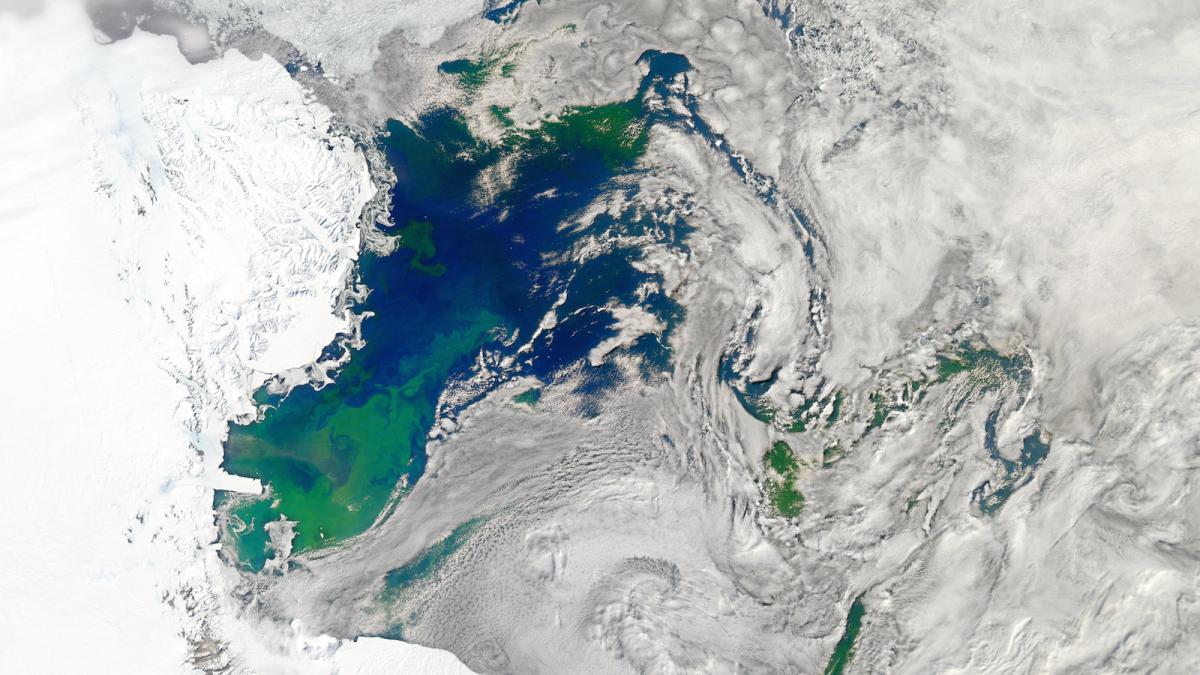This story was originally published by Atlas Obscura and is reproduced here as part of the Climate Desk collaboration.
Climate change doesn’t just happen in the air, in the dirt, or in the fearsome pages of damning studies. It happens before our eyes.
And so, as our planet continues to warm, our oceans will turn deeper shades of blue and green, according to research published Monday in the journal Nature Communications. The changes in color are in part a function of the fluctuating populations of phytoplankton, or algae — the microscopic plants that, across their thousands of different species, do some rather heavy lifting for the global ecosystem. Running a model through the end of this century, the researchers estimate that more than 50 percent of the world’s oceans will exhibit changes in color by the year 2100, as their algae populations rise and fall.
Because every species is different, climate change will wreak different effects on different communities of phytoplankton. In the subtropics, for example, the waters are expected to become more blue as the population of algae falls. Waters near the poles, on the other hand, are expected to turn... Read more
